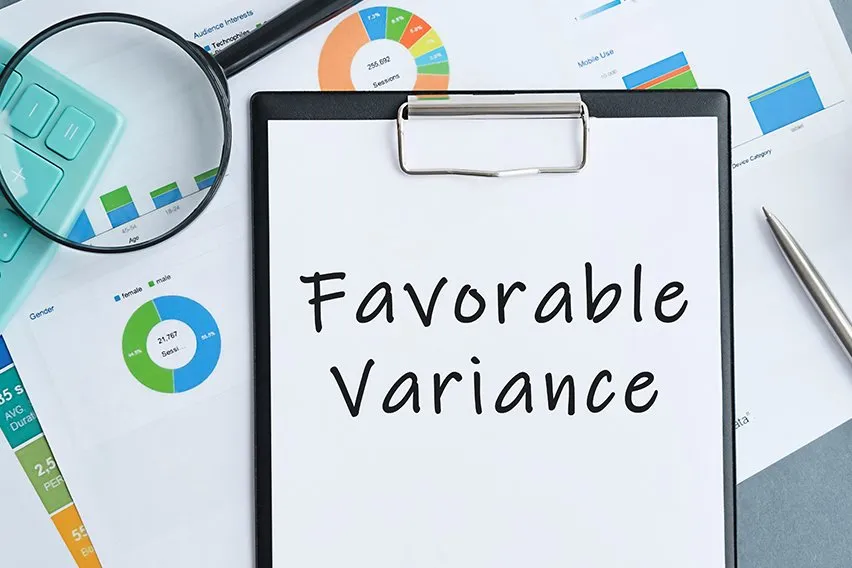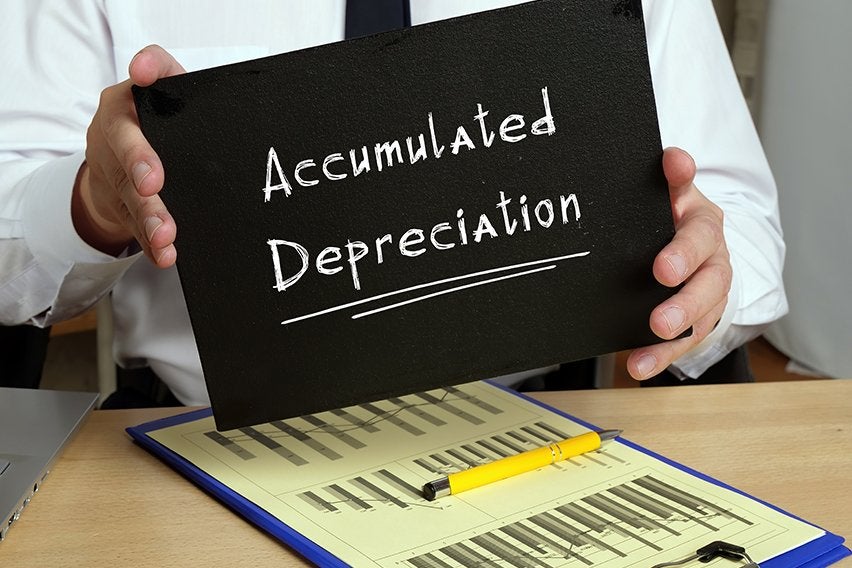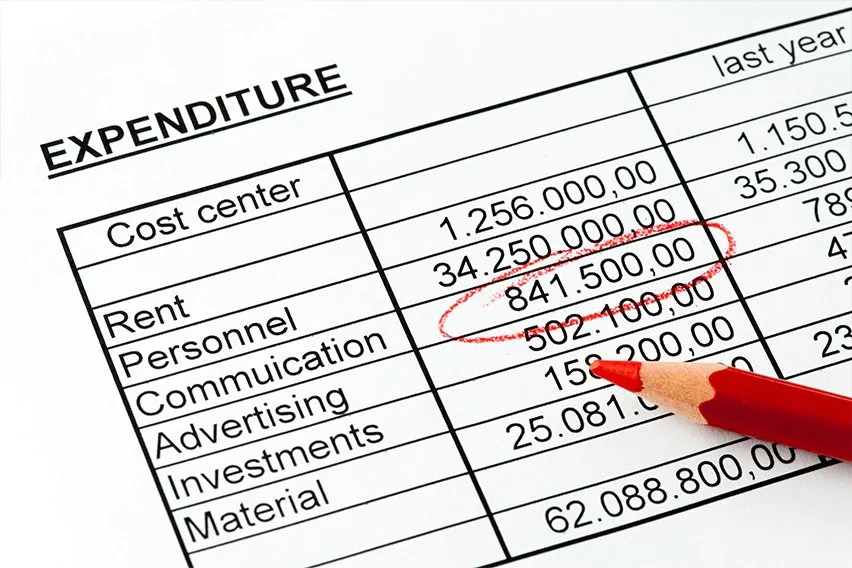What Is a Favorable Variance? What It Means for Your Small Business.

A favorable variance occurs when the cost to produce something is less than the budgeted cost. It means a business is making more profit than originally anticipated. Favorable variances could be the result of increased efficiencies in manufacturing, cheaper material costs, or increased sales.
Here’s What We’ll Cover
What Does a Favorable Variance Indicate?
Should Variances Be Positive or Negative?
What Is Controllable and Uncontrollable Variance?
How Do You Calculate a Budget Variance?

What Does a Favorable Variance Indicate?
A favorable variance may indicate to the management of a company that its business is doing well and operating efficiently. As a company grows, it may have learned ways to produce more without a need to increase its expenses, resulting in a higher revenue stream. However, a favorable variance may indicate that production expectations were not realistic in the first place, which is more likely if the company is new.
For example, let’s assume you run a business that makes customizable handmade blankets. The business has only been running for about six months but has proven popular internationally because of the customization process and the good quality fabric you use. You had budgeted for materials, labor and manufacturing supplies at the outset. With direct labor costs in particular you had calculated twenty hours for one blanket to be produced, but it’s averaging a total of fifteen, meaning the difference between the actual and budgeted amount is five hours. This cost savings on labour has resulted in a favorable variance.
What Is Unfavorable Variance?
An unfavorable variance occurs when the cost to produce something is greater than the budgeted amount. Unfavorable variances are expressed as a negative number.
Let’s say your custom blankets are made of a rich acrylic and polyester blend that keeps the blanket soft for years. However, the material is not easy to come by. You buy in bulk but after three months, the price dramatically increases, something you had not counted on. As a result you are spending more than expected on materials, and this price variance is costing you. Now when you look at your financial statements you see an unfavorable variance.
Unfavorable variance can also be referred to as an ‘adverse variance’.
Should Variances Be Positive or Negative?
Ideally, as a small business owner, you would hope a financial analysis will result in a favorable or positive variance, meaning you are not exceeding your budget. However, that does not mean a negative variance may be unexpected for your quarter or year end. Perhaps sales have been suffering lately and your product is piling up and you need a new plan. Undertaking a variance analysis and understanding how you got the result you did will allow you to budget and strategize more effectively for the future.

What Is Controllable and Uncontrollable Variance?
When considering the reasons behind a favorable or unfavorable budget variance, one must also consider if the variances were actually controllable or not. To do this, one must consult the budget line by line. If the variance was ‘controllable’, it means the costs incurred were originally within management’s ability to control. This may be the hourly rate paid to staff, or incentives for the sales team. If it’s ‘uncontrollable’, then these are factors that are outside of management’s control, such as the cost of materials.
If a budget variance is unfavorable but considered controllable, then perhaps there is something management can do immediately to rectify the problem. If the budget item is not something management directly controls, then perhaps they need help crafting a new business strategy in order to survive and grow.
How Do You Calculate A Budget Variance?
To calculate a budget variance, go through each line item in your budget and subtract the actual spend from the original budget. Then do up the total. If the budget variance is positive, you can see where the efficiencies or cost savings lie. If the budget variance is negative, then you know which areas need improvement.
RELATED ARTICLES


 What Is Burden Cost in Manufacturing and Why You Should Calculate It
What Is Burden Cost in Manufacturing and Why You Should Calculate It Conversion Method: Easy Steps to Convert from Single-Entry to Double-Entry Accounting
Conversion Method: Easy Steps to Convert from Single-Entry to Double-Entry Accounting What Is Accumulated Depreciation?
What Is Accumulated Depreciation? A Simple Guide to Small Business Write Offs
A Simple Guide to Small Business Write Offs How to Become a Small Business Owner in 7 Steps
How to Become a Small Business Owner in 7 Steps How to Choose the Best Accounting Software for Your Small Business?
How to Choose the Best Accounting Software for Your Small Business?